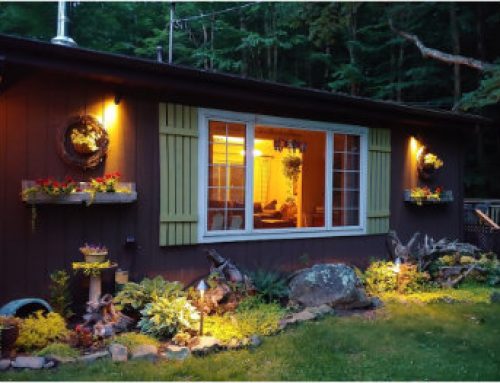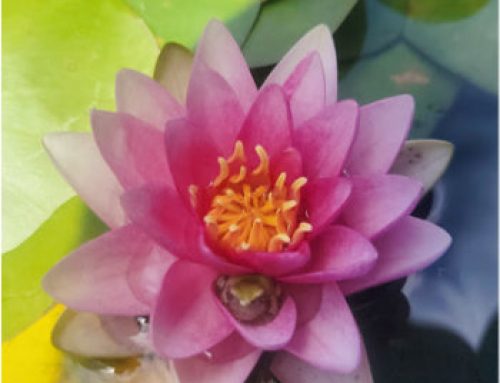
There are two main ways that builders have historically installed koi ponds and other water features. Either with a rubber liner or concrete being the base of the pond. It’s a subject that has been highly debated between pond builders for years. Each material has its pros and cons but it’s up to you which will work best in your backyard.
Pro’s of Rubber Liner
One advantage of using a rubber liner for your koi pond is that it can provide a more natural-looking pond. The rubber liner allows a builder to fold and shape the pond to match the surrounding landscape. Once you add boulders, rocks, and gravel you can create the illusion that your pond was created by Nature.
Another advantage of rubber liner isn’t necessarily permanent, which could be a benefit especially if your pond has some design flaws that need to be altered. Removing a rubber liner pond definitely is not easy but it’s much easier than moving a concrete pond.
Although they are undoubtedly not as strong as a concrete pond, a rubber liner is still very puncture-resistant, meaning that sharp rocks or other objects won’t easily damage it. This can be important since koi ponds typically have a lot of rocks lining the bottom, and these can easily puncture a liner made of less durable material.
Cons of Rubber Liner
One downside to using a rubber liner is that there is a greater chance that a rubber liner could move out of place and not form a durable seal, which would result in leaks. It also does have higher potential to be punctured by sharp rocks or strong tree roots. This means that if you have any rocks in your pond or near the edges, they could potentially puncture the liner and cause leaks. Additionally, rubber liners are not always as durable as concrete, so it’s possible they may not last as long.
Pro’s of Concrete
The pros of using concrete as your liner is that it is a permanent installation. It is more expensive than rubber liners, but can have a longer life span. The seal is waterproof and will likely not leak. They are also more durable and strong, allowing them to handle sharp rocks or tree roots. You do not have to worry about the concrete moving around since it is stable enough to stay in place even with animals in your ponds like fish or turtles.
Also if you do happen to have an unfortunate leak or crack in a concrete pond, it can be much easier to find and repair the leak.
Con’s of Concrete
One con of using concrete as your liner is that it can be heavy and difficult to install. If you are not familiar with working with concrete, it can be challenging to get the right mix and to make sure it is poured evenly.
Concrete also does not give the natural look or feel that some people are looking for in their backyard koi pond. Most concrete ponds do not use rocks or gravel so you miss out on the Natural shapes and colors that boulders rock can provide.
Additionally, if there are any mistakes made when installing the concrete, it can be very difficult to fix them, and if you ever need to completely remove a concrete pond….Good Luck..
In Conclusion
In the end, the choice of using a rubber liner or concrete comes down to your personal preference and what you are comfortable with. Both have their own advantages and disadvantages, so it is important to weigh all the factors before deciding which one is right for you.
In the end, the choice of using a rubber liner or concrete comes down to personal preference and what you are comfortable with. Both have their own advantages and disadvantages, so it is important to weigh all the factors before deciding which one is right for you. Building a koi pond can be a fun and rewarding project, but make sure that you take your time when making this decision because there are many things to consider in order to ensure that your future pond will meet your needs. We hope our blog has helped guide some of these considerations by explaining the pros and cons of each material type.



